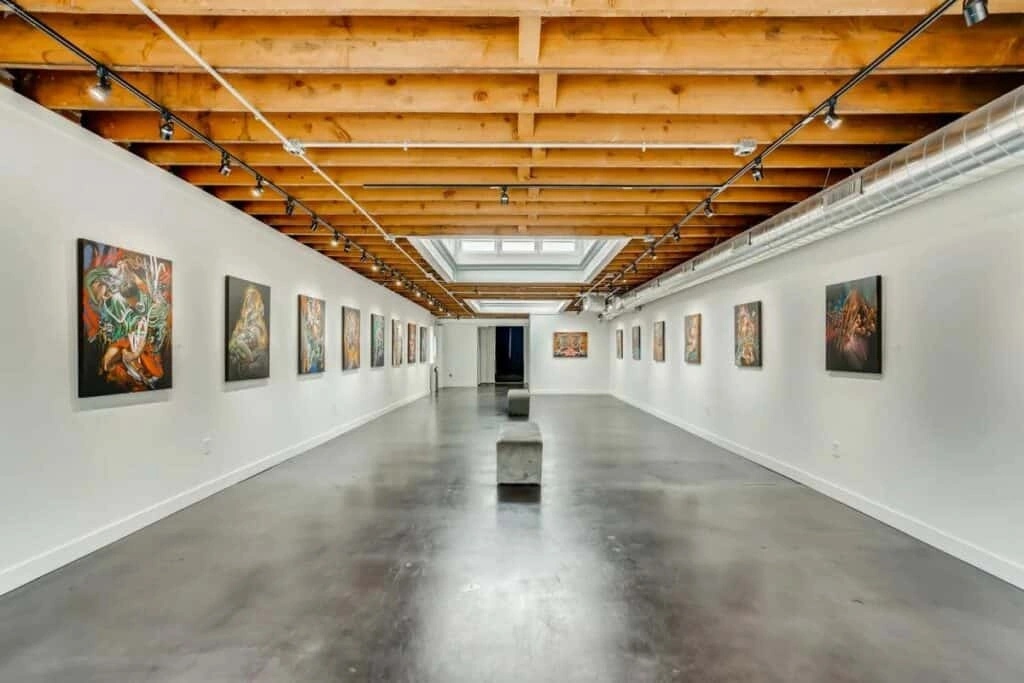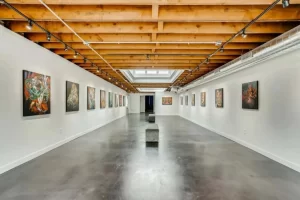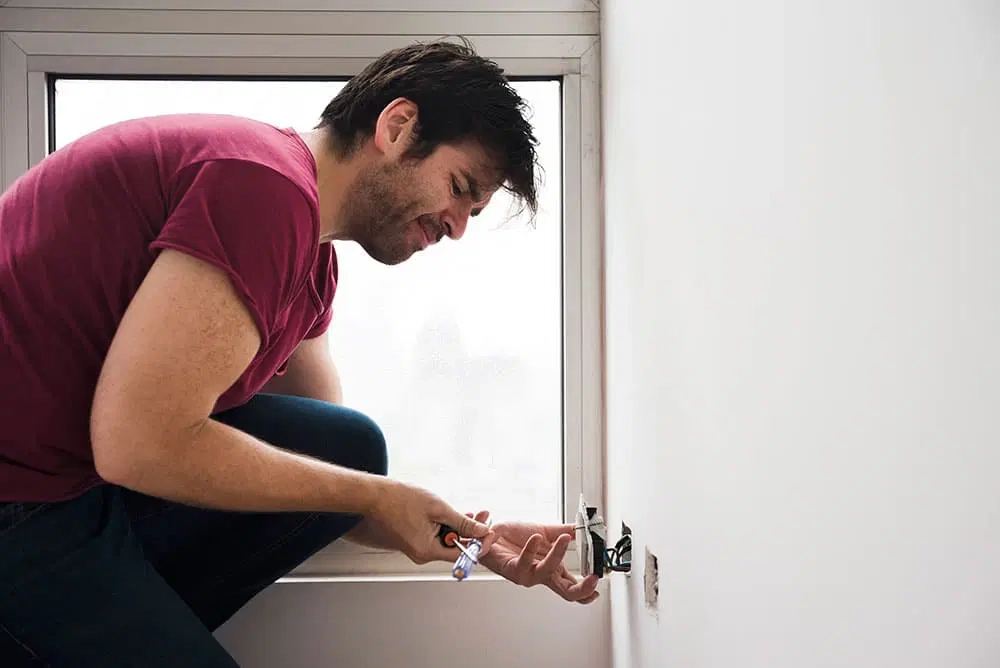In the world of art museums, finding the perfect real estate is crucial to the success of the institution. Just like how a painter chooses the perfect canvas to showcase their artwork, an art museum must carefully select the right location, space, and design to showcase its collection. It is a process that requires extensive research, planning, and budgeting, but the end result can be a masterpiece that inspires and educates visitors for generations to come.
Imagine a curator standing in front of a blank canvas, contemplating the colors, textures, and composition of the painting they are about to create. In many ways, this is similar to the process of finding the perfect real estate for an art museum. It is a blank canvas that requires careful consideration of the different elements that will make up the final masterpiece. From accessibility and visibility to size and layout, every aspect must be carefully evaluated to create an environment that will showcase the museum’s collection in the best possible way. In this article, we will explore the importance of finding the perfect real estate for your art museum, and provide tips on how to find a property for buying and strategies to help guide you through the process.
Location, Location, Location: The Importance of Accessibility and Visibility
The accessibility and visibility of a location are crucial factors to consider when selecting a site for an institution that seeks to connect with a broad audience. When it comes to finding the perfect real estate for your art museum, it’s important to think about the transportation options available to visitors. Can they easily get to your location using public transportation, or is it necessary for them to drive? Additionally, community engagement is a crucial element to consider when selecting a location. Is your museum located in a diverse and vibrant community that will be receptive to your programming and exhibitions? Ultimately, the goal is to create a space that is welcoming and inclusive, and that can only be achieved by selecting a location that is accessible and visible. As we move into the next section, it’s important to remember that space matters: considering size, layout, and design.

Space Matters: Considering Size, Layout, and Design
Careful consideration of the physical dimensions, arrangement, and aesthetics of a potential location is crucial to creating an environment that is not only functional but also evokes a sense of wonder and appreciation for the art housed within. Maximizing functionality is key, from ensuring ample space for exhibits to providing adequate storage and work areas for staff. The layout of the museum should be intuitive, allowing visitors to navigate the space with ease and providing ample opportunities for rest and reflection. Incorporating technology can enhance the visitor experience, from interactive exhibits to digital displays. However, it is important to strike a balance between technology and traditional art forms, as too much emphasis on the former can detract from the latter. Aesthetics are also critical, as the design of the museum should complement and enhance the art housed within. From the architectural style to the lighting and color scheme, every element should work in harmony to create a cohesive and inspiring environment. As important as it is to create a space that is functional and visually appealing, it is equally essential to stay within budget constraints. Therefore, the next step in finding the perfect real estate for your art museum is to carefully consider your financial limitations and plan accordingly.
Budgeting for Your Real Estate Investment
When considering a new location for an art establishment, it is imperative to take into account the financial limitations and allocate resources efficiently. Cost considerations are vital in the decision-making process as they determine the feasibility of the project and its long-term sustainability. Investment planning is necessary to ensure that the budget is well-distributed and that the space is both functional and aesthetically pleasing. Art museums require significant investment, and it is crucial to make informed decisions when it comes to the selection of the real estate. The budget should cover not only the initial purchase or lease cost but also the expenses associated with renovations, maintenance, and operational costs. By carefully balancing cost considerations and investment planning, the art establishment can create a space that is both financially viable and artistically inspiring. This approach will ensure that the art museum has a solid foundation for growth and sustainability. As such, making the right choice in finding the perfect property for your art museum requires careful consideration of not only the cost but also other key factors that will be discussed in the subsequent section.
Making the Right Choice: Tips for Finding the Perfect Property for Your Art Museum
Selecting an appropriate property for an art establishment involves considering various factors beyond financial constraints, and a strategic approach is necessary to ensure a long-term vision that aligns with the museum’s mission and goals. Community involvement and cultural significance are critical factors that need to be taken into account. A museum’s location should be accessible and attractive to visitors, with a strong cultural identity and heritage. The site should be large enough to accommodate the museum’s collection and future expansion, while also providing adequate space for exhibitions, educational programs, and other public events. Additionally, it is essential to consider the neighborhood’s demographics, as well as the local government’s support for the arts. A museum’s success depends on its ability to engage and inspire the community, and a location that reflects the museum’s values and mission can foster a sense of connection and ownership. Therefore, careful consideration of all these factors is necessary to ensure that the museum’s real estate investment is not only financially feasible but also culturally significant and sustainable in the long run.
Conclusion
In conclusion, finding the perfect real estate for your art museum is a crucial decision that can make or break the success of your institution. Accessibility and visibility are paramount factors that can determine the footfall and the impact of your museum on the community. A well-designed, spacious layout, coupled with a unique architectural design, can elevate the overall experience of your visitors and add value to your art collection.
It’s essential to remember that budgeting a significant investment for your museum’s real estate is a wise decision that can bring fruitful results in the long run. In addition, research and due diligence are critical components of the decision-making process. By following the tips outlined in this article, you can make an informed decision that aligns with your museum’s vision and mission. Ultimately, the right property will not only provide a home for your art collection but will also serve as a beacon of cultural and artistic excellence for generations to come.
You May Also Like:




